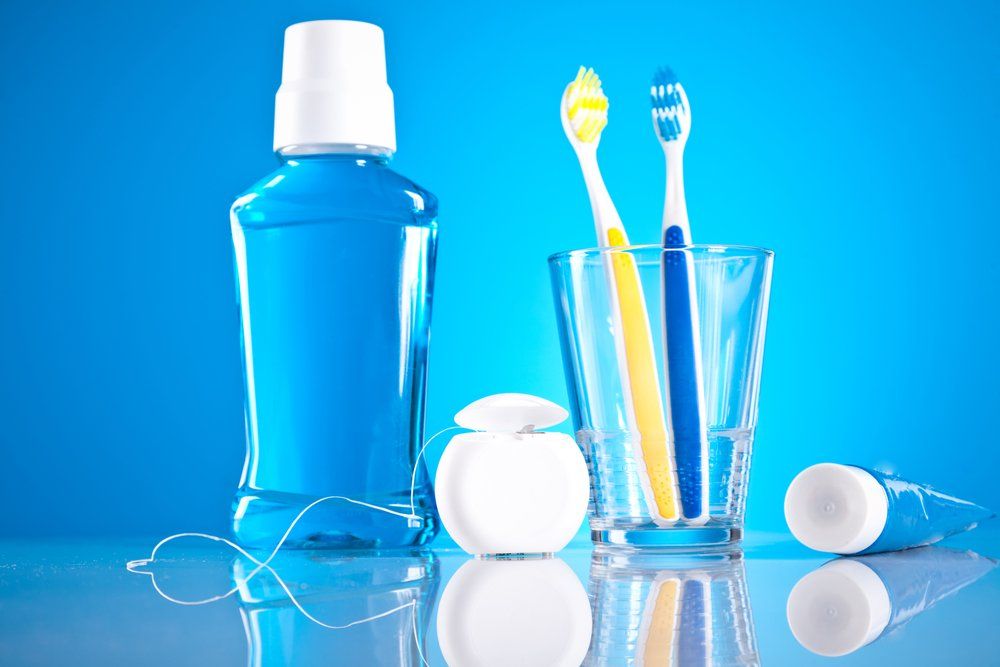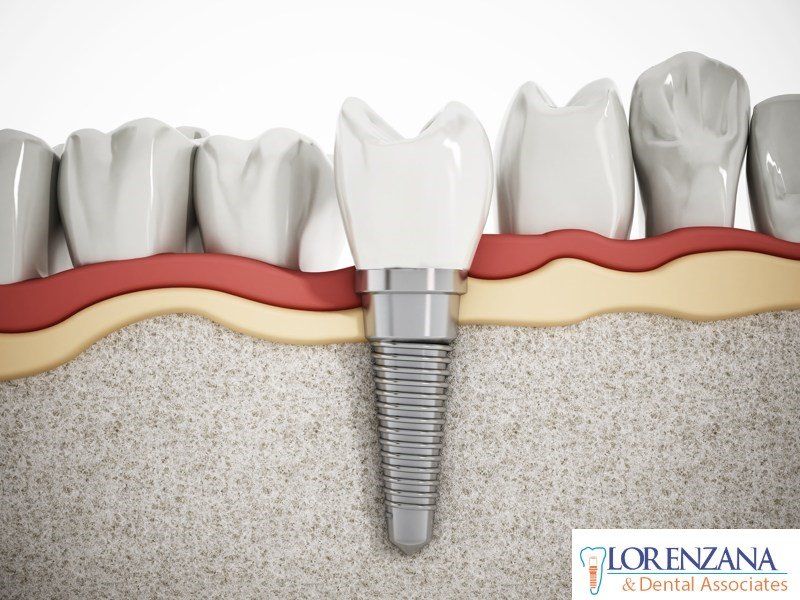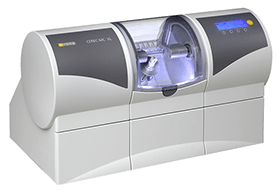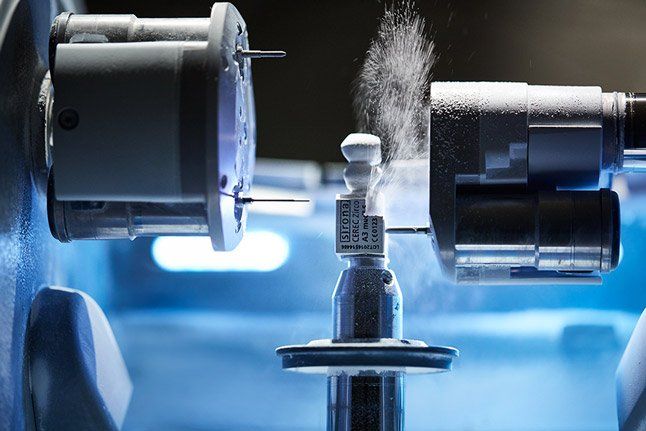Crown Lengthening
Dr. Rafael Lorenzana • August 26, 2016
It is a surgical procedure which seeks to increase the crown length through soft and hard tissues removal.

Crown lengthening treatment is recommended to:
- Provide a bigger length to determined teeth in order to remove subgingival caries.
- To perform dental restoration treatments preserving the biological space.
- To provide a better retention for restorative treatment broken teeth with root fracture, root perforation or root reabsorption.
- Esthetic reasons.
It is a relatively simple procedure (it is consider as a minor surgical technique) and it is performed under local anesthesia with the purpose to cause no discomfort to the patient. To increase the crown length is necessary detach the tooth gingival tissue (gum) and for that are performed different cuts in the gum, in some cases the adjacent bone and the root are also modified.
It is important to keep oral hygiene habits and follow your specialist recommendations.
Types of crown lengthening
Crown lengthening for prosthetic reasons:
In these procedures the main objective is to preserve the tooth, the tooth might have been affected by subgingival caries, fracture at root level or to avoid gingival recession and excessive bleeding during restoration.
Crown lengthening for esthetic reasons:
A short clinical crown and a large smile line combination can give as a result a large gum exposed when the patient talks or smiles, this is known as gingival smile; as the origin of many esthetical problems, since the physical appearance and self esteem depends largely in the face and especially the teeth that are the attractiveness focus.

Alargamiento de coronas

Es la técnica quirúrgica que pretende lograr un incremento en la longitud de la corona mediante la eliminación de los tejidos periodontales blandos y duros. El tratamiento de alargamiento coronario estaría indicado para:
- Proporcionar una mayor longitud a determinados dientes para la eliminación de caries subgingivales.
- Para realizar restauraciones dentales preservando el espacio biológico.
- Para una mayor retención del tratamiento restaurador sobre dientes afectados por fractura radicular, perforación radicular o reabsorción radicular.
- Debido a razones estéticas.
Este procedimiento está contraindicado en dientes no restaurables, con caries en furca o con fractura subcrestal, o dientes cuyo mantenimiento comprometería estética o funcionalmente a las piezas adyacentes.
Es un proceso relativamente simple (considerado como técnica de cirugía menor) y que se lleva a cabo a través de anestesia local con el fin de no causar molestias al paciente. Para conseguir alargar la corona es necesario despegar el tejido gingival (encía) del diente y para ello se realizan diferentes cortes en la encía, aunque en algunos casos también se deberá modificar tanto la raíz como el hueso adyacente.
Es importante seguir manteniendo los hábitos dedicados a la higiene bucodental y para ello debemos considerar las recomendaciones que nos propondrá el especialista.
Tipos de alargamiento coronario:
Alargamiento coronario por razones protéticas: En este tipo de alargamiento coronario el principal objetivo es tratar de preservar la pieza dentaria ya sea que está a sido afectada por una caries subgingival, la pieza dentaria ha sufrido una fractura a nivel de la raíz o para evitar la recesión gingival y sangrado durante una restauración.
Alargamiento coronario por razones estéticas: La combinación de una corona clínica corta con la línea de sonrisa alta produce una excesiva cantidad de encía expuesta cuando el paciente habla o sonríe, denominándola sonrisa gingival; y pudiendo desencadenar grandes problemas estéticos, ya que, la relación entre la apariencia física y la autoestima del individuo depende en gran medida de la cara siendo los dientes uno de sus principales focos de atractivo.

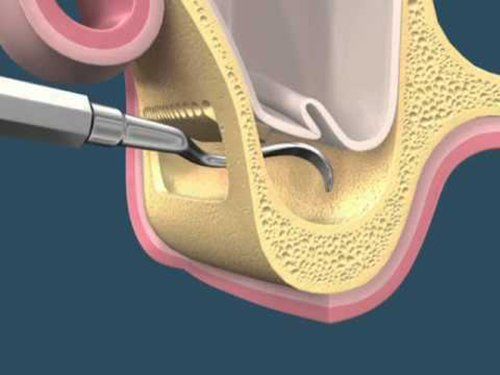
¿Qué Es? El levantamiento de seno maxilar es una cirugía que agrega hueso a tu maxilar superior en el área de tus molares y premolares. El hueso es agregado entre tu maxilar y tus senos maxilares, los cuales se encuentran a cada lado de tu nariz. A modo de hacer espacio para el hueso, la membrana sinusal necesita ser levantada. ¿Para Qué Se Usa? Un levantamiento de seno se realiza cuando no hay suficiente altura en el hueso del maxilar, o cuando los senos están demasiado próximos al maxilar, y los implantes dentales no se pueden colocar por tal motivo. Hay varias posibles razones para que esto suceda: · Muchas personas que han perdido los dientes de su maxilar superior — particularmente los dientes posteriores o molares — no tienen suficiente hueso para que los implantes dentales sean colocados. Una vez se pierde un diente, el hueso en esa área comienza a ser reabsorbido. Si los dientes han estado ausentes por un largo tiempo, con frecuencia no hay suficiente hueso restante para colocar implantes. · Se pudo haber perdido hueso debido a alguna enfermedad periodontal (de las encías). · El seno maxilar puede estar demasiado próximo al maxilar superior. La forma y tamaño del seno varía de persona a persona. El seno también puede agrandarse a medida envejeces. ¿Cómo Se Hace? Tu cirujano hará una incisión y levantará la encía donde tus dientes posteriores solían estar, exponiendo el hueso. Se hace un pequeño agujero ovalado en el hueso. La membrana que reviste el seno en el lado opuesto al agujero separa tu seno de tu maxilar. Esta membrana se empuja suavemente hacia arriba y lejos de tu maxilar. Material de injerto óseo es insertado en el espacio donde el seno solía estar. Una vez el hueso está en su lugar, el tejido es suturado. Lo Que Sigue Después del procedimiento, podrías tener algo de inflamación en el área y podrías sangrar por tu boca o nariz. No te suenes la nariz o estornudes con fuerza. Hacer eso podría causar que el material de injerto óseo se mueva y que los puntos de sutura se aflojen. Puede ser que tu dentista te prescriba medicina para prevenir el congestionamiento y la inflamación. También necesitarás medicina para el dolor, un antibiótico y enjuague bucal antimicrobiano para prevenir una infección. La mayoría de los pacientes solamente experimentarán un poco de incomodidad luego de un procedimiento de levantamiento de seno. Verás al especialista luego de algunos días. Él/ella evaluará el sitio de la cirugía y retirará los puntos de sutura si fuese necesario. Podrías tener que visitar al especialista un par de veces más para que se asegure de que el área está sanando apropiadamente. Tus implantes se colocarán entre cuatro y nueve meses después del levantamiento de seno, dependiendo de la cantidad de hueso requerida. Esto permite que haya tiempo para que el material de injerto óseo se una a tu hueso.
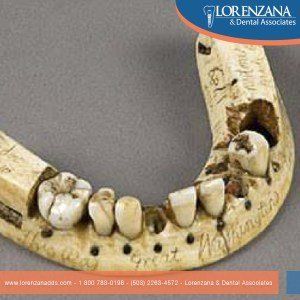
Hoy en día la prótesis dental nos permite reemplazar los dientes perdidos con un aspecto muy estético y natural, devolviendo a la boca la función perdida; pero eso no fue siempre así. Las primeras prótesis dentales de las que tenemos constancia provienen de los etruscos del siglo VIII a. C. y se conserva en el Museo de la Facultad de Odontología de París. Los etruscos utilizaron dientes de animales para reemplazar las piezas faltantes ensambladas sobre bandas de oro, lo cual muestra habilidades muy altas por parte de ellos. Creemos que los fenicios ya usaron oro blando y alambre de oro para la construcción de prótesis dentales. También utilizaron soldaduras y modelos de impresiones. Hacia 754 aC , los etruscos, hábiles artesanos de la época, producían pónticos muy complejos. Empleaban bandas de oro soldadas cada una por pónticos hechos con diferentes piezas dentales de humanos o animales.
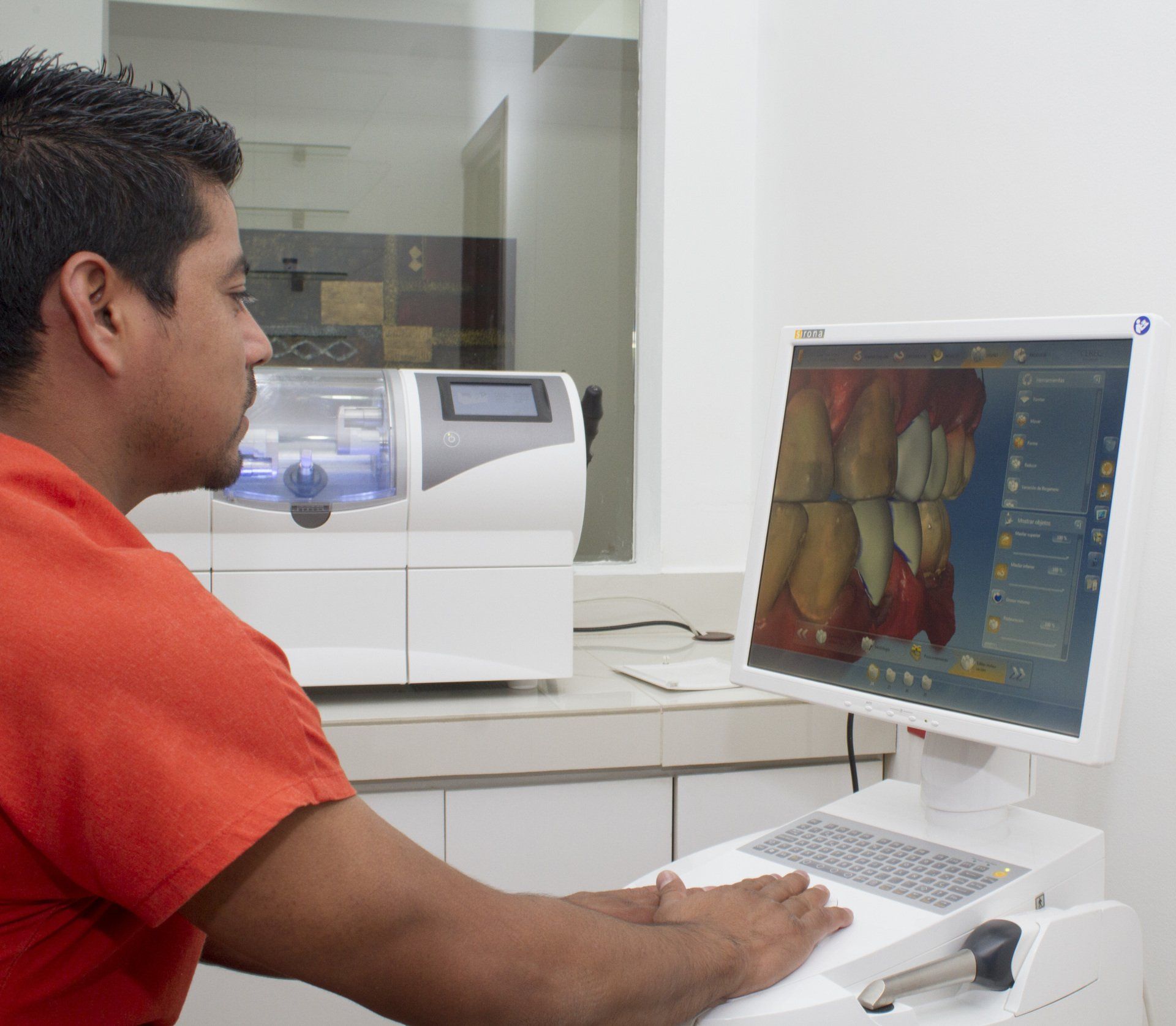
At Lorenzana & Dental Associates, we love our CEREC system - and our patients love it, too! Thanks to CEREC, we can give people the convenience of getting their teeth fixed (e.g. crowns, veneers) in as little as a single visit to our clinic. That is just impressive, right? But how did such an incredible technology as CEREC come into existence? Well, we will talk a little about that in this blog, which is the first in a series of blogs about this system. Let's get to it!
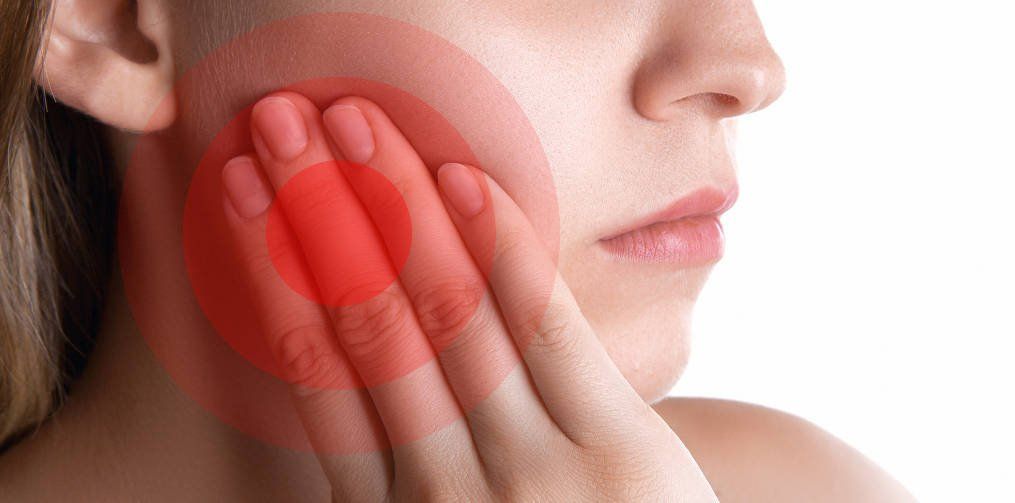
Temporomandibular joint disorders are conditions that cause discomfort and inhibit the proper functioning of the jaw joint and muscles that control jaw movement. Causes In most cases, the cause of TMJ disorders is not evident. However, here is a list of potential causes: External trauma, such as a hard hit to the head or jaw. Tooth grinding or jaw clenching. Poor alignment between top and bottom teeth. Excessive chewing (e.g. gum or fingernails). Overextending the TMJ while eating large things. Degenerative diseases. Symptoms There are various symptoms that could be related to TMJ disorders. Examples of these are the following: Pain in facial, jaw, neck or back muscles. Swelling. Muscle stiffness or limited movement of the jaw. Clicking, popping or grating sounds accompanied by pain when moving the jaw. Teeth not fitting comfortably together. Jaw not opening uniformly or locking. Headache or earache. Difficulty swallowing. Diagnosis There is not always a straightforward way of diagnosing TMJ disorders. Exact causes and symptoms are not clear, and that means the discomfort someone is experimenting could be due to different health issues. Your doctor will take your symptoms and medical history into consideration and then will examine areas of discomfort, including the head, neck, face, and jaw. The doctor might also use x-rays in the analysis of your case. Treatment Reversible Treatments Conservative treatments do not invade the tissues of the face, jaw, or joint, or involve surgery. Reversible treatments do not cause permanent changes in the structure or position of the jaw or teeth. It is advisable that you try these first, before considering more expensive and permanent ones. Muscle and ligament tightness can be helped with jaw stretching and relaxing exercises as advised by your doctor. If the jaw becomes locked, it may be necessary to manipulate the joint back into place under a general anaesthetic. The most common TMJ issues are temporary and do not get worse. Short-term use of pain relievers, such as ibuprofen, may be sufficient. A stabilization splint or a bite guard may provide relief. Stabilization splints should only be used for a short time and should not cause permanent changes in bite. Permanent Treatments There is often debate around the use of permanent methods to treat TMJ disorders. There are no long term studies that show the efficacy of these methods, plus they are extensive and often more expensive than reversible treatments. The bite may be adjusted by polishing teeth, using reconstructive dentistry, or fitting braces. A repositioning splint may be fitted, which over time will permanently change the position of the jaw, ligaments and muscles. There may be an effect on teeth alignment, so more dental work may be needed to adjust the teeth. There is even the option to replace the jaw joint with artificial implants, but it should be considered a last resort. Self-Care In many cases, self-care measures can help alleviate the symptoms of TMJ disorders: Eating soft foods. Applying cold or warm compresses. Avoiding excessive jaw movements (shouting, gum-chewing, and wide yawning, for instance). Practicing gentle jaw stretching and relaxing exercises. Resting the jaw as much as possible. SOURCES: National Institute of Dental and Craniofacial Research Health Navigator



